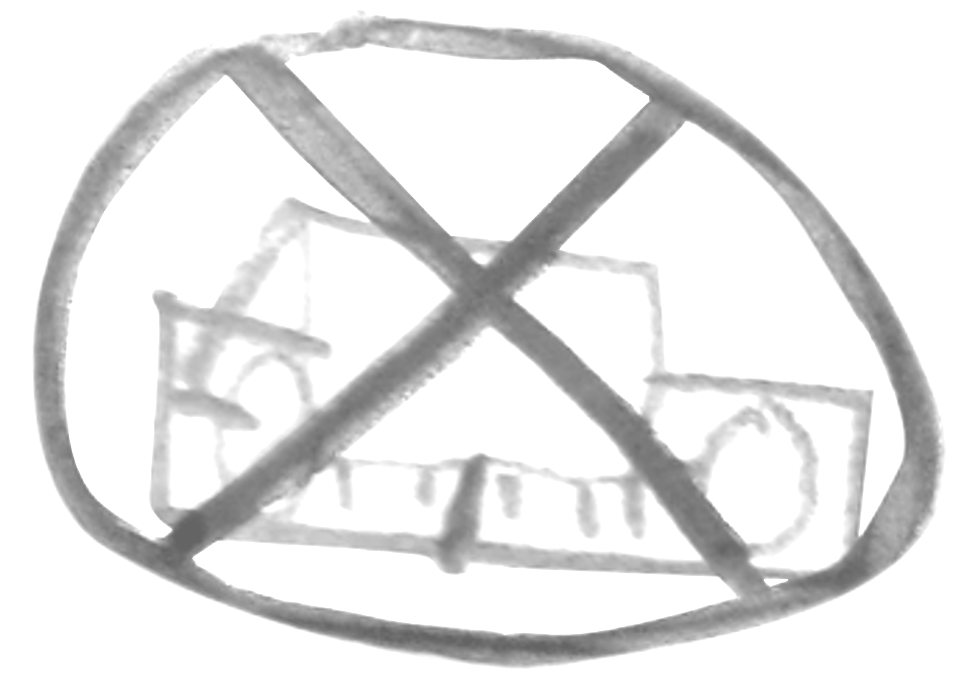FLOATING SOUND GALLERY
Vienna
Jean-Claude Risset

Born in 1938, Jean-Claude Risset studied piano, music, and music composition with André Jolivet, in parallel with his scientific studies at the École Normale Supérieure. He is known as one of the leading pioneers of computer sound synthesis along with Max Mathews and John Chowning.
At the Bell Laboratories in the 1960s, he calculates imitations of acoustic instruments and psychoacoustic paradoxes and illusions, auditory equivalents of Escher’s engravings. He created in Orsay the first European system for the digital synthesis of sound.
At the beginning of IRCAM, Pierre Boulez asked him to lead the computer music department. Later, he continued his computer music research at the Laboratoire de Mécanique of the CNRS in Marseille.
In works like Little Boy, Mutations, Songes or Sud, Jean-Claude Risset uses computer synthesis to sculpt sound; he makes it expressive and musical. He goes beyond composing with sounds to composing the sound itself, playing with the time that is in the sounds rather than just playing sounds in time.
He has composed numerous mixed works, closely linking instruments and vocals with computer-generated sounds. As a composer in residence at the M.I.T. Media Lab in 1989, he created for the first time a work, Duo pour un pianiste, in which a pianist is accompanied, on the same piano, by a computer sensitive to his playing.
Jean-Claude Risset passed away in November 2016.
Songes, 9’10 / 1979, 4 tracks.
Songes, for 4-track magnetic tape, has been realized at IRCAM with a variant of the MUSIC V program. The original program has been augmented so as to enable it to process digitized sounds as well as to synthesize sounds. The elaboration of this sound material took advantage of David Wessel’s programs for mapping timbral spaces.
The title suggests dreamed adventures taking place on different stages. The piece evokes the transition from being awake to dreaming – from familiar instruments in the middle range to unindentifiable bells and textures. When the sounds invade the entire frequency space from bass to treble, the piece reaches an acme, leading to a unreal, imaginary world: above a long sustained low tone, sound figures fly around, escaping material constraints. The identity of sonic beings gets dissolved in the continuity of textures, the flux of movements and evolutions. Yet how can we be sure to distinguish illusion and reality, insofar as our experiences all come through our perception, our conscience? Couldn’t our dreams (“songes”) be dreams of a dream?
Songes was awarded the first prize for digital music in 1980 and the “Euphonie d’or” in 1992 at the Bourges International Electronic Music Competition.
